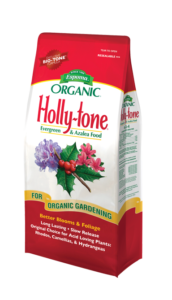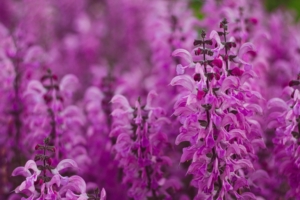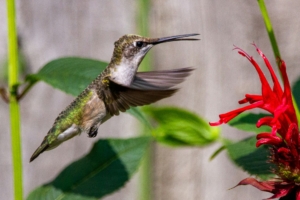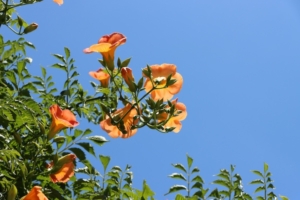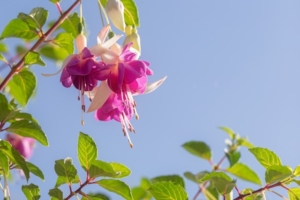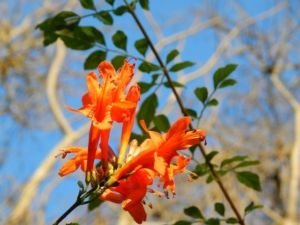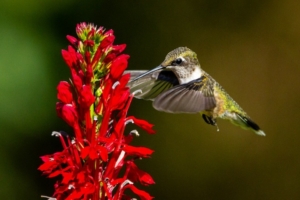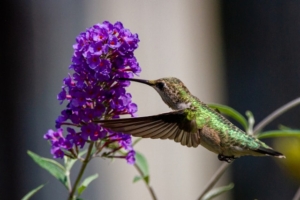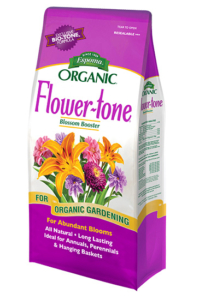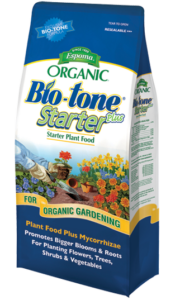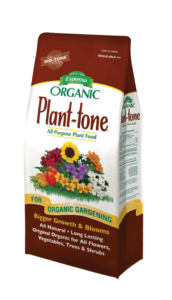VIDEO: Boost Your Blooms: 🌸 Fertilizing Hydrangeas the Organic Way with Skye Hamilton
When it comes to hydrangeas, proper fertilizing is key to ensuring beautiful blooms and overall plant health. Skye Hamilton, gardening enthusiast and hydrangea expert, stresses the importance of fertilizing these stunning plants with a high-quality organic fertilizer as a smart investment in your garden. Unlike synthetic fertilizers, which often contain excessive nitrogen that encourages foliage growth at the expense of blooms, Skye recommends using Espoma Organic Holly-tone.
Why Holly-tone? Because it’s an organic fertilizer specially formulated for acid-loving plants like hydrangeas. Its slow-release formula ensures steady nutrient availability, promoting vibrant, plentiful blooms rather than just leafy growth.
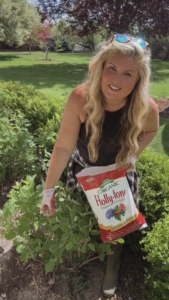
Here’s Skye’s quick guide for successful hydrangea fertilizing:
- Fertilize twice a year: once in mid to late spring and again in mid-summer.
- Your first application should occur after leaves emerge but before blooms appear.
- Apply the second round no later than July to avoid disrupting bloom cycles.
- Missed spring fertilizing? Early summer application still benefits your plants.
- Apply fertilizer during mild weather or in the evening shade to prevent root burn.
- Distribute fertilizer along the drip line of your hydrangeas and gently work it into the soil surface.
- Always water thoroughly after fertilizing to ensure nutrients reach the roots effectively.
With Espoma Organic Holly-tone, your hydrangeas receive exactly what they need, resulting in lush blooms and healthier plants overall. Go organic, bloom better!
*****
Learn More about Skye Hamilton:
Featured Products:

